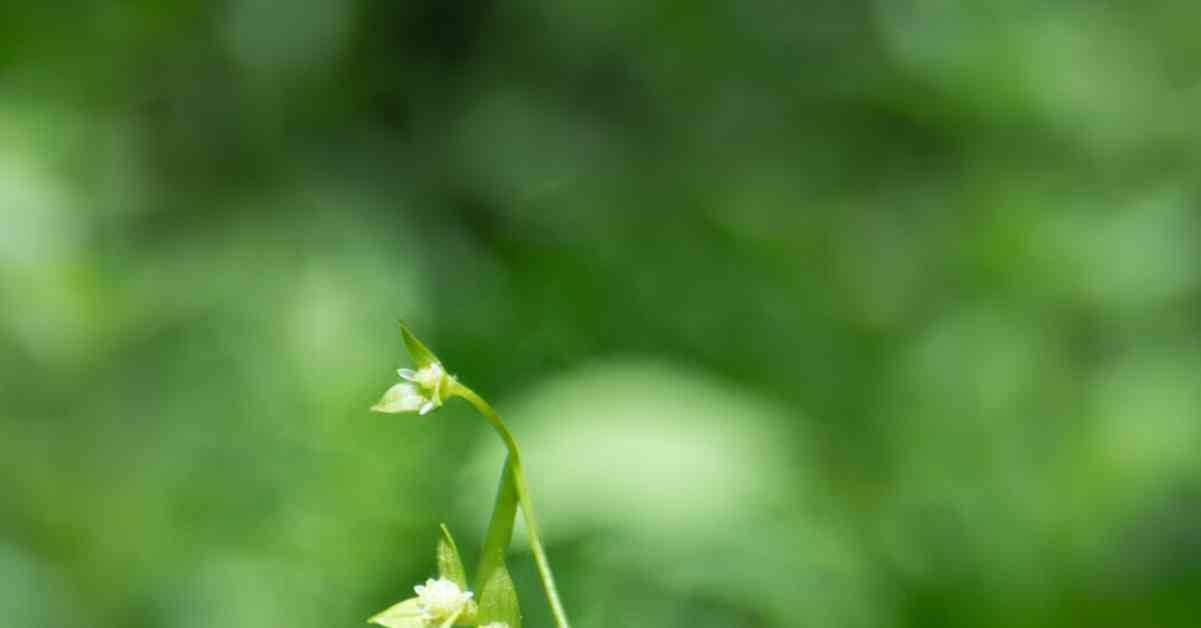A rare plant species thought to be locally extinct has made a surprising reappearance in Vermont. The false mermaid-weed, also known as Floerkea proserpinacoides, was rediscovered by Vermont’s state botanist, Grace Glynn, after more than a century of absence in the state.
The discovery of the false mermaid-weed was a result of a chain of events that seemed almost like a fairy tale. It all began when a turtle biologist, Molly Parren, spotted some wild meadow garlic in rural Addison County. Upon closer inspection of the photo she took, Grace Glynn noticed the false mermaid-weed in the foreground, a plant she had been searching for tirelessly for years.
The false mermaid-weed is a delicate herb that sprouts in late April, flowers for about a month, and disappears by early June. Its rediscovery has brought excitement to the botanical community in Vermont, as it sheds light on the importance of conservation efforts and habitat preservation.
Grace Glynn’s dedication to finding the false mermaid-weed, along with the keen observation skills of Molly Parren, have led to this remarkable rediscovery. The whimsical image of botanists combing through fields of wildflowers may seem poetic, but the work they do is crucial in protecting and preserving rare plant species.
This rediscovery serves as a reminder of the beauty and diversity of Vermont’s natural landscape. It also highlights the importance of continued research and exploration in the field of botany. As we celebrate the return of the false mermaid-weed, let us also reflect on the significance of conservation efforts in ensuring the survival of rare plant species for future generations to enjoy.




